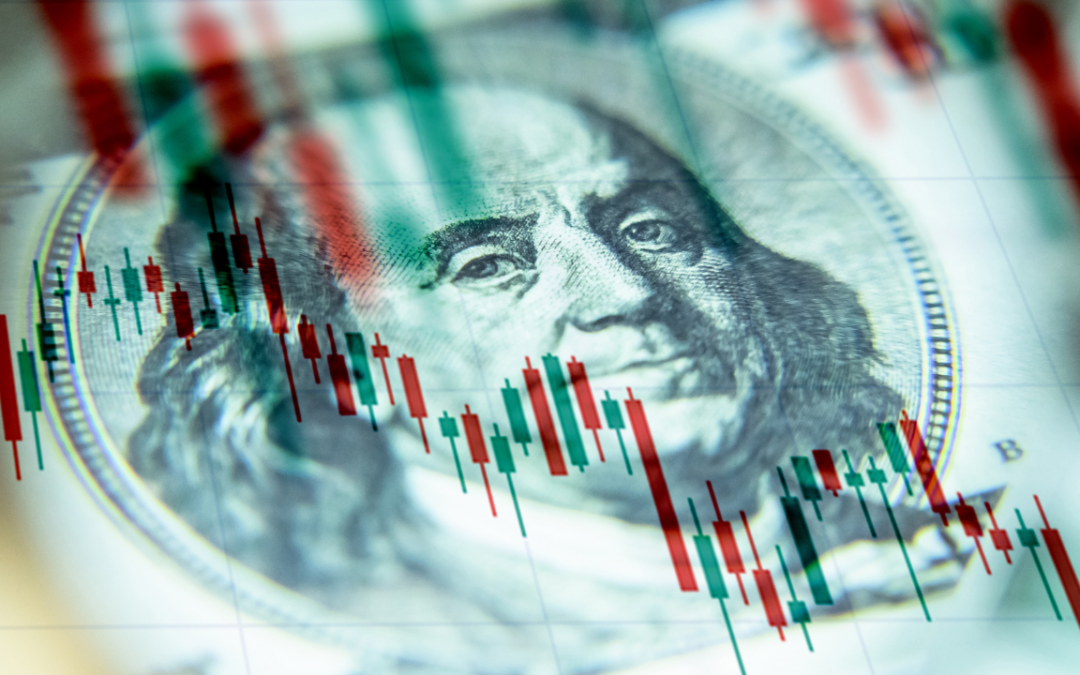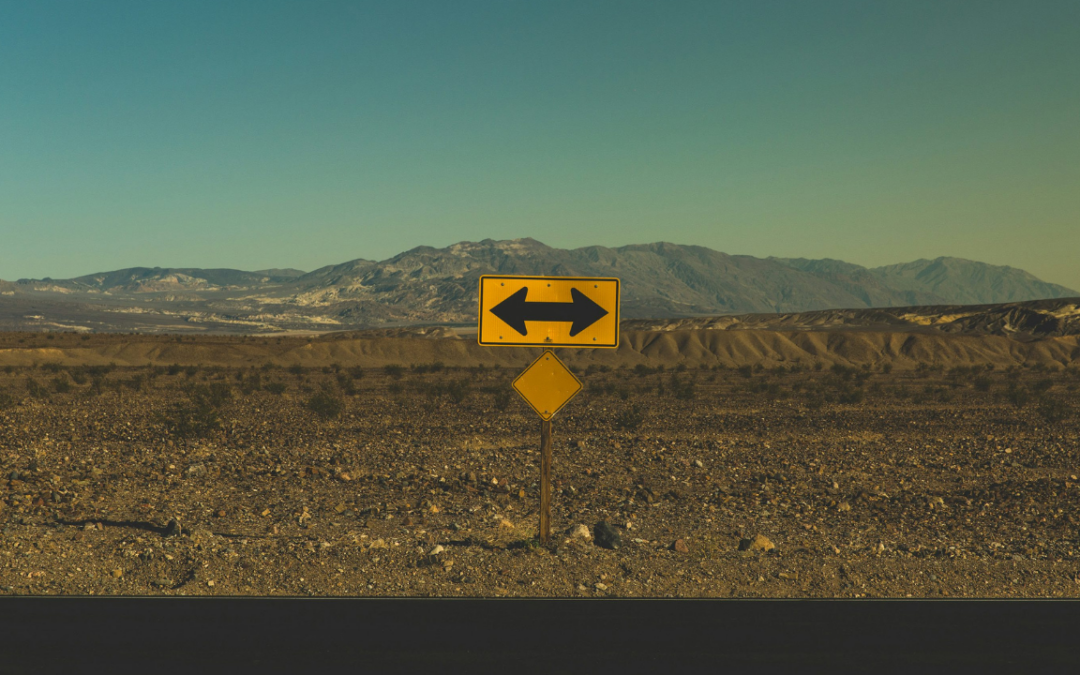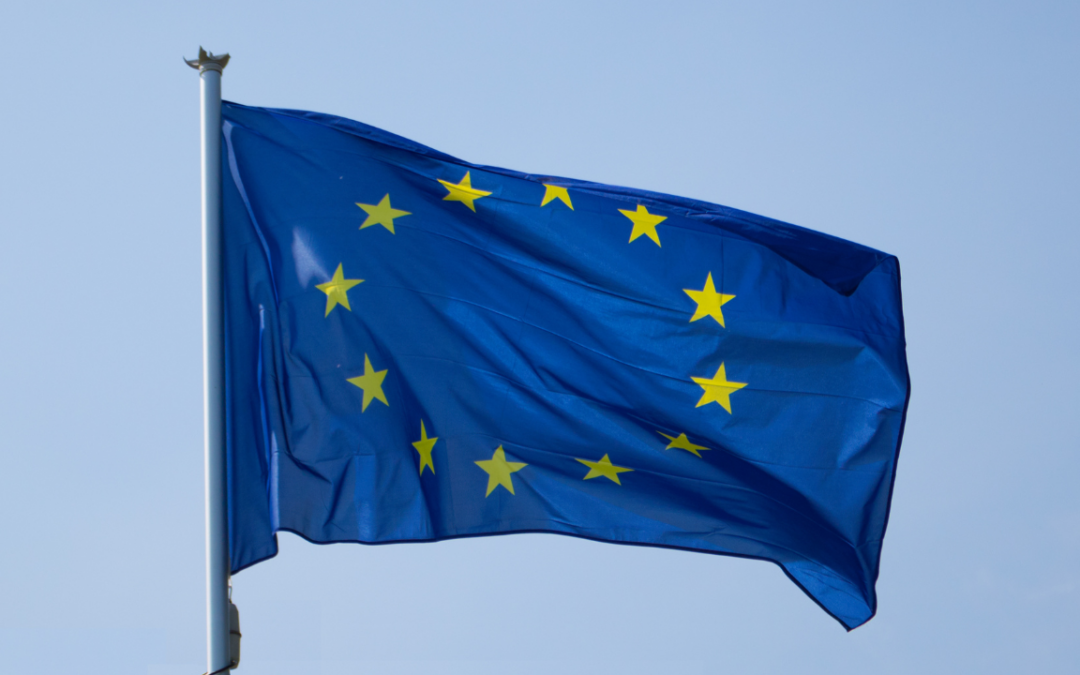It is holiday season, which for many means air travel.
When most of us fly these days, it is a miserable experience. You rush to the airport hours before the flight, often leaving home in the middle of the night. You navigate stressed out teeming crowds to get through ever-more de-humanizing security screening. You wait in long lines to get over-priced junk food. You nervously line up to be called to board, as one after another group of other passengers is prioritized ahead of you, hoping there will still be space for your small over-head bag. You finally squeeze into your tiny seat, trying to brush away the crumbs the prior passenger left, futilely pleading that the person in front won’t recline so your knees won’t be crushed. You desperately try to avoid touching anything or anyone in what has become, post-Covid, a flying petri dish of threatening germs. Inevitably, you are delayed on the ground for reasons no one can seemingly explain. In the air, you stare at screens trying to transport yourself somewhere else, anywhere else. You anxiously hope you don’t need to use the bathroom for too many reasons to articulate. Finally, you arrive at your destination, dehydrated, exhausted and demoralized.
But, in what might as well be another dimensional reality, a very lucky few experience something starkly different when they travel – life with a private jet.
They go to a small and well-appointed airport when they want. There is no security nor any crowd, and they wait for just a few minutes, almost certainly in a comfortable lounge. When they have finished their champagne or fresh squeezed juice, they are driven to the steps of their gleaming and sleek airplane to board at their leisure. The cabin looks like a modern New York loft apartment, outfitted with plush leather seats, comfortable couches, large flat screen TVs and vast amounts of free space. They take off immediately and quickly climb to an altitude well above commercial flights, where the air is smoother and they can look down at the hoi polloi stuffed into 737s. A private attendant brings them a warm towel to dab their face, followed by gourmet food of their choice, even fresh sushi. They never turn off their iPhones, happily scrolling social media or maybe posting a few photos from the cabin. If they must answer nature’s call, the private restroom is sparkly and clean and bigger than most New York kitchens. In what feels like no time at all, they arrive at their destination, well fed, refreshed and energized.
In a world beset by inequality, private jets represent the tip of the spear.
Wait, you might be thinking, is this another rant against the rich? Come on…we live in a system built on capitalism, so if some succeed greatly, why should they be criticized for spending some of their fortune on a private jet?
The reason can be found in the handy concept of the tragedy of the commons.
Consider these facts. Private aircraft travel is the most energy-intensive form of regular transportation known to man. Per passenger, private jets produce more than 10 times the pollutants than a commercial plane. In turn, about 1% of all people who fly are responsible for about 50% of all airplane emissions. In one hour, a typical private jet emits more than two tons of CO2. By comparison, the average person in Europe and the US emits about 8-10 tons over an entire year. And for hyper users, the climate implications are staggering. In 2022, Elon Musk’s private jet usage produced about 2,112 tons of CO2 emissions.
And since Covid-19, private jet use has grown more than 20%, with corresponding emissions increasing even faster. Today, there are over 25,000 private jets flying, up from less than 10,000 in 2007.
Ok, you may be thinking, private jets are bad for the environment, but don’t their users pay taxes to offset the damage?
In the United States, approximately 17% of flights tracked by the FAA are via a private aircraft. But the users of these jets only pay 2% of the taxes that fund the FAA. Thousands of smaller, municipal airports in the US are funded by public taxpayers, yet they serve mostly private jets. And those private jets are most commonly owned by white males with a net worth of over $190 million, representing less than .0008% of the global population.
In economics and ecology, a tragedy of the commons describes what happens when a small number of people enjoy unlimited access to a finite, valuable and unowned resource – our atmosphere – and over-use it because there is no cost or penalty for doing so, leading to tragic consequences for all.
In the book Ministry for the Future, author Kim Stanley Robinson depicts a near future where our climate crisis has escalated, and millions are dying as a result. People no longer tolerate those who are seen to be indiscriminately contributing to the destruction of the environment, and some activists start shooting private jets out of the sky with shoulder fired missiles. In short order, even the super-rich refuse to fly in their private castles. Maslow’s hierarchy prevails, as their desire to live outweighs their self-interest.
Short of Robinson’s dystopic future, what can we do to encourage less private aviation and its resulting environmental damage? Here are three steps that would make a big difference.
First, as Senator Markey has proposed, fuel taxes should be raised from $.22 a gallon to $2 (equivalent to around $200 a metric ton of a private jet’s C02 emission) and fuel tax exemptions for private flights related to activities that worsen the climate crisis should be removed. The tax revenues would then be used for investments in clean transportation like passenger rail and bus routes near commercial airports.
Second, a 10% luxury tax on the purchase of new aircraft should be applied, as Canada recently did. And the many tax loopholes that private jet owners exploit needs to be closed, including those that enable owners to deduct operating expenses (crew, fuel, other costs) for any trip even loosely linked to a business purpose. The Interstate and Foreign Commerce exemption should be abolished, a tax loophole that enables someone who lives in California to buy a new jet in another state, fly it around for a while, before bringing it back home to avoid sales tax.
Third, it is time to tax frequent flyers in a proportionate manner, so the more one flies, the more one pays for carbon emissions. Doing so would align higher rates of effective taxation to the individuals who produce the most emissions.
Let’s avoid the point where ordinary citizens take up arms to shoot planes out of the sky. Instead, it is time to apply common sense policies to the greatest despoilers of our skies.



